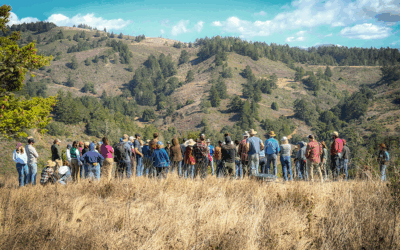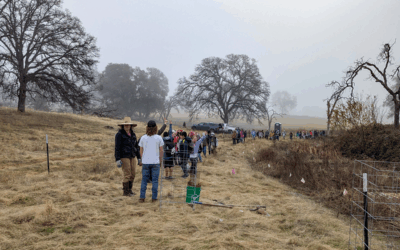Regenerative Ranching
At TKREF, we work to demonstrate the practices and benefits of regenerative ranching and support the research and tools that can help it spread. Over ten years of learning has shown us that rangelands can produce healthy food while also providing habitat for wildlife and pollinators, preserving scenic open space, filtering and holding rainwater, and housing a diversity of plant and microbial communities that can transform soils into sinks for greenhouse gases.
Photo Credit: Gabrielle Tigan
At TKREF, we work to demonstrate the practices and benefits of regenerative ranching and support the research and tools that can help it spread. We are learning that rangelands can produce healthy food while also providing habitat for wildlife and pollinators, preserving scenic open space, filtering and holding rainwater, and housing a diversity of plant and microbial communities that can transform soils into sinks for greenhouse gases.
Our Regenerative Ranching Methods
Ranch-wide Planning
Ranch-wide planning is critical for supporting productive and resilient ranches that produce food as well as the many co-benefits of a well-managed ecosystem. Land and livestock management affects not just food production, but also soil health, human well-being, wildlife, watersheds, and the stability of our climate. As such, regenerative ranching starts with creating a comprehensive management plan that identifies and optimizes for the fullest range of potential costs and benefits. We use a combination of planning tools including Holistic Management, REX Farm Planning, Carbon Farm Planning, and grazing and conservation planning. 
Monitoring
As with business accounting, rigorous monitoring tracks the effects of ranch management choices and helps create our ranch-wide plans. Because regenerative ranching leverages dynamic natural systems, it requires reliable and actionable feedback to support quick decision making and adaptation. We support the expansion of monitoring as a critical tool for ranchers and participate in monitoring networks, including Point Blue Conservation Science’s Rangeland Monitoring Network and the Soil Carbon Challenge, and employ tools like the Quick Carbon hand-held soil spectrometer and Change Vector Analysis developed by the Ucross High Plains Stewardship Initiative.
Managed Grazing
At TKREF, we use livestock grazing to grow healthy soil, support diverse and vibrant rangelands, and produce nutritious food for our community. By carefully managing the location, timing, duration, and density of our grazing with low-stress animal handling and portable electric fencing, we use our 100 percent grassfed cattle herd to prune and encourage growing grasses in the spring and summer and trample aging grasses into a protective mulch for the soil in the fall and winter. We coordinate and record these mini-migrations using PastureMap so that we can easily correlate our monitoring data with our management records. 
Rest and Recovery

Biodiversity Stewardship
Biodiversity supports and reflects the health of the land. A diverse plant and animal community provides benefits such as forage packed with important nutrients, pollinators, and healthy soil. Trees and shrubs are havens for birds and other wildlife that keep cattle pests in check, and deep-rooted perennial grasses grow long into the dry season feeding the soil and the livestock and reducing the need to purchase costly hay. At TKREF, our grazing plans explicitly work to promote and support diverse flora and fauna. 
Building Healthy Soil
Healthy soil is foundational and complex. As soil microorganisms help create organic matter, the ability of the soil to hold water increases, ultimately increasing plant production. Across an entire ranch, these effects add up: a 1 percent increase in organic matter helps the soil hold an additional 16,500 gallons of water per acre. With healthier soil, water infiltration rates increase, reducing erosion, improving water quality in streams, and replenishing aquifers. Healthy soils can help stabilize our climate by sequestering greenhouse gases. At TKREF, we can support healthy soils by applying compost to jumpstart underperforming soils and using manure and grazing impacts to maximize plant growth that returns food to soil ecosystems. 
RANCH-WIDE PLANNING

Ranch-wide planning is critical for supporting productive and resilient ranches that produce food as well as the many co-benefits of a well-managed ecosystem. Land and livestock management affects not just food production, but also soil health, human well-being, wildlife, watersheds, and the stability of our climate. As such, regenerative ranching starts with creating a comprehensive management plan that identifies and optimizes for the fullest range of potential costs and benefits. We use a combination of planning tools including Holistic Management, REX Farm Planning, Carbon Farm Planning, and grazing and conservation planning.
MONITORING

As with business accounting, rigorous monitoring tracks the effects of ranch management choices and helps create our ranch-wide plans. Because regenerative ranching leverages dynamic natural systems, it requires reliable and actionable feedback to support quick decision making and adaptation. We support the expansion of monitoring as a critical tool for ranchers and participate in monitoring networks, including Point Blue Conservation Science’s Rangeland Monitoring Network and the Soil Carbon Challenge, and employ tools like the Quick Carbon hand-held soil spectrometer and Change Vector Analysis developed by the Ucross High Plains Stewardship Initiative.
MANAGED GRAZING
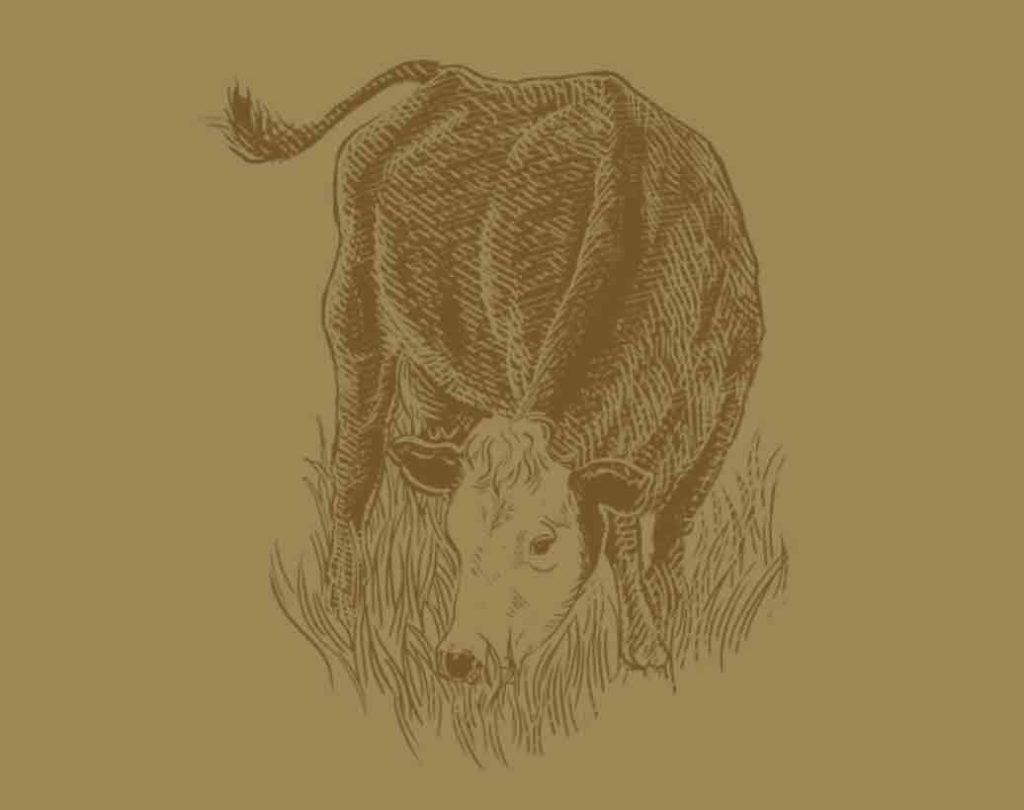
We use livestock grazing to grow healthy soil, support diverse and vibrant rangelands, and produce nutritious food for our community. By carefully managing the location, timing, duration, and density of our grazing with low-stress animal handling and portable electric fencing, we use our 100 percent grassfed cattle herd to prune and encourage growing grasses in the spring and summer and trample aging grasses into a protective mulch for the soil in the fall and winter. We coordinate and record these mini-migrations using PastureMap so that we can easily correlate our monitoring data with our management records.
REST AND RECOVERY
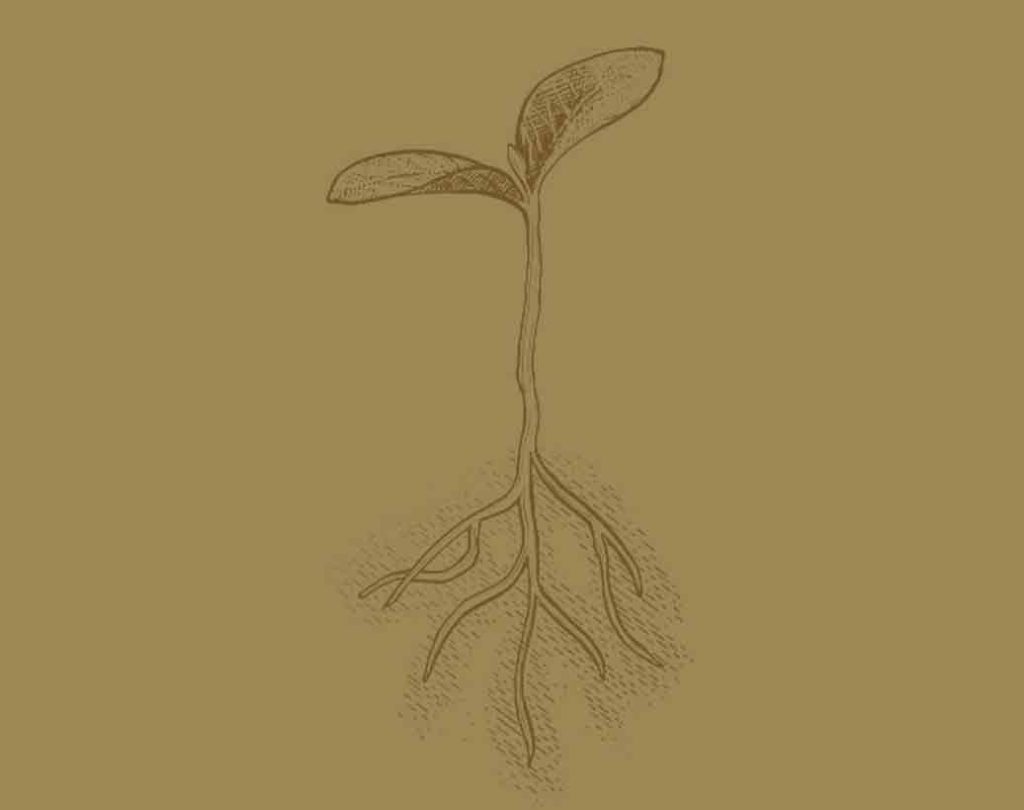
Similar to exercising at the gym, growing stronger and more resilient rangelands requires a healthy balance of productive stress and recovery. Managed grazing helps cycle nutrients and prune grasses, but appropriate recovery is required for plants and rangelands to thrive. We avoid insufficient recovery and continuous grazing pressure which can stunt and damage plants, create bare ground vulnerable to erosion, and debilitate native and perennial grasses that evolved to thrive under heavy but intermittent grazing pressure of migrating herds of herbivores.
BIODIVERSITY STEWARDSHIP
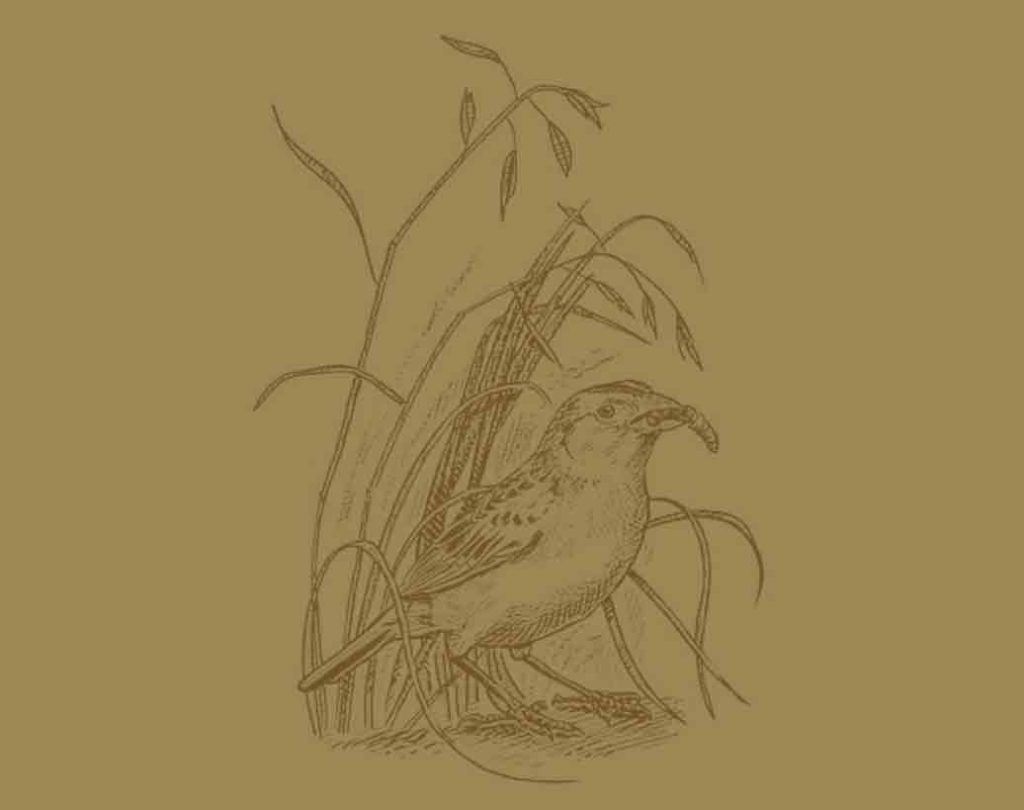
Biodiversity supports and reflects the health of the land. A diverse plant and animal community provides benefits such as forage packed with important nutrients, pollinators, and healthy soil. Trees and shrubs are havens for birds and other wildlife that keep cattle pests in check, and deep-rooted perennial grasses grow long into the dry season feeding the soil and the livestock and reducing the need to purchase costly hay. Our grazing plans explicitly work to promote and support diverse flora and fauna.
BUILDING HEALTHY SOIL
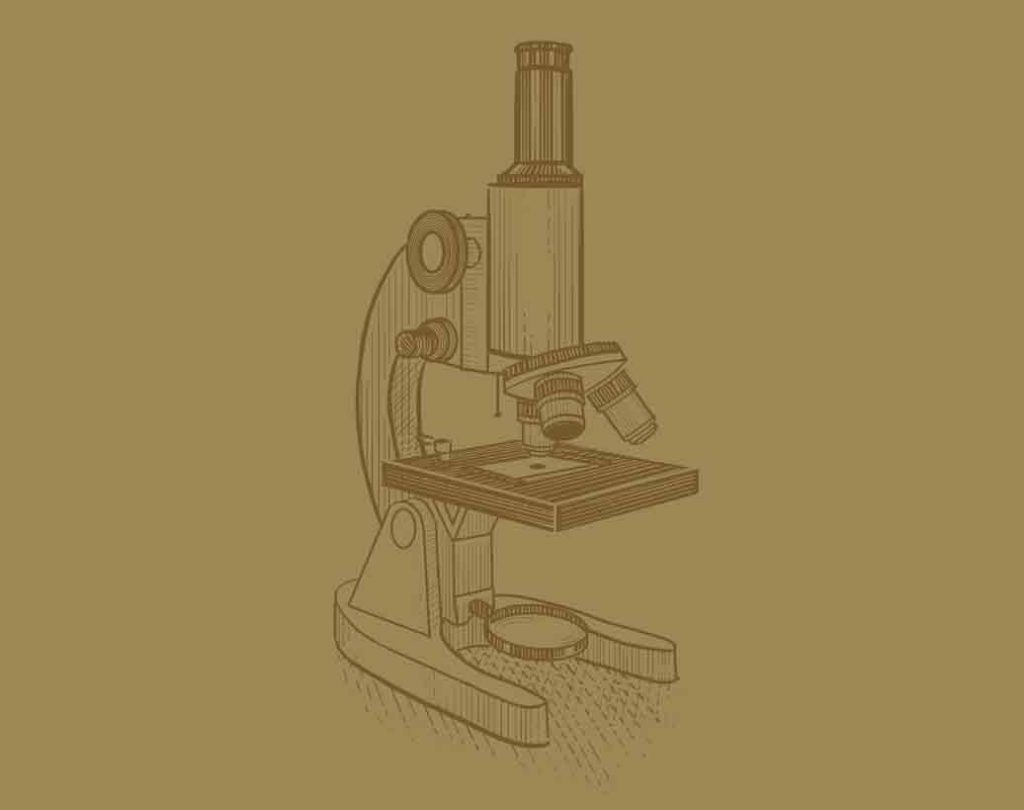
Healthy soil is foundational and complex. As soil microorganisms help create organic matter, the ability of the soil to hold water increases, ultimately increasing plant production. Across an entire ranch, these effects add up: a 1 percent increase in organic matter helps the soil hold an additional 16,500 gallons of water per acre. With healthier soil, water infiltration rates increase, reducing erosion, improving water quality in streams, and replenishing aquifers. Healthy soils can help stabilize our climate by sequestering greenhouse gases. We can support healthy soils by applying compost to jumpstart underperforming soils and using manure and grazing impacts to maximize plant growth that returns food to soil ecosystems.
News and Resources
For decades, we’ve seen a decline in the nutrient quality of our food alongside a rise in chronic health issues.
As the autumn gathering season at TomKat Ranch winds down, we are reflecting on the diverse groups and collaborations that TKREF has hosted this year.
Since 1992, Point Blue Conservation Science programs (founded as Point Reyes Bird Observatory in 1965) have been partnering with private landowners in the agricultural community to restore habitats and build ecological resilience through thoughtful land stewardship.
Photo Credit: William Milliot

